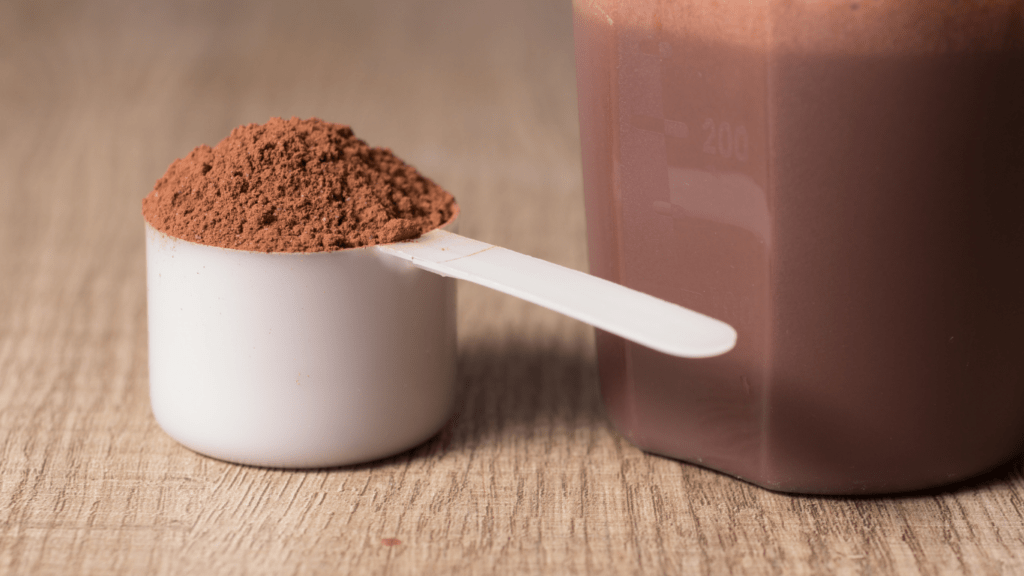If you’re gearing up for a marathon or a long-distance race, you know that having enough energy is key to crossing the finish line strong. That’s where carb loading comes into play. In this guide, I’ll walk you through the ins and outs of carb loading and how you can use it to supercharge your performance in endurance events.
When it comes to fueling your body for peak athletic performance, carb loading can make a world of difference. By strategically increasing your carbohydrate intake in the days leading up to a race, you can top off your glycogen stores and ensure your muscles have the energy they need to go the distance. Join me as I delve into the science behind carb loading and share practical tips to help you maximize your energy levels for your next endurance challenge.
Understanding Carb Loading for Endurance Events
To excel in endurance events like marathons, understanding carb loading is crucial. It’s essential to grasp how carbohydrates play a vital role in providing sustained energy for prolonged physical activities. Carbs are the body’s preferred energy source during exercise due to their quick conversion into fuel. Proper carb loading can significantly impact performance by ensuring optimal glycogen reserves, which are essential for endurance activities.
Benefits of Carb Loading
Carb loading offers several advantages that can significantly enhance an athlete’s performance during endurance events like marathons.
Improved Endurance Performance
Carb loading leads to improved endurance performance as it maximizes the body’s glycogen stores, which serve as a crucial energy source during prolonged physical activities. By ensuring adequate glycogen reserves through carb loading, athletes can sustain their energy levels throughout the event, enabling them to perform at their best.
Delayed Fatigue
One of the key benefits of carb loading is delayed fatigue. By optimizing glycogen stores through carbohydrate intake before the event, athletes can delay the onset of fatigue, allowing them to maintain a higher level of performance for an extended period. This can be particularly advantageous during long-distance races where fatigue can significantly impact performance.
How to Carb Load Effectively
Timing Your Carb Loading
When considering how to carb load effectively, timing is key. It’s essential to start carb loading at the right time to maximize glycogen stores. I’d recommend beginning the carb-loading process about 36 to 48 hours before your endurance event. This timeframe allows your body to store an adequate amount of glycogen for sustained energy during the event.
Types of Carbohydrates to Focus On
To carb load effectively, focus on consuming complex carbohydrates. These include foods like whole grains, fruits, vegetables, and legumes. These sources provide a steady release of energy and are ideal for optimizing glycogen stores. Avoid sugary snacks and simple carbohydrates, as they can lead to energy crashes and may not provide lasting endurance benefits.
Hydration During Carb Loading
During the carb-loading phase, it’s crucial to pay attention to hydration. Proper hydration ensures that carbohydrates are effectively stored as glycogen in your muscles. I’d recommend drinking plenty of water and electrolyte-rich beverages while carb loading. This combination helps your body retain fluids and supports the glycogen storage process, enhancing your endurance performance.
Precautions and Considerations
When considering carb loading for endurance events, it’s important to be mindful of a few key precautions and considerations to ensure optimal performance and avoid any potential drawbacks. Here are some essential points to keep in mind:
- Individual Tolerance: Everyone’s body reacts differently to carb loading, so it’s essential to experiment with different strategies during training to determine what works best for you. What may work for one athlete might not be suitable for another, so personalized experimentation is crucial.
- Avoid Overeating: While carb loading is essential to top up glycogen stores, overeating can lead to feelings of bloating and discomfort. It’s important to strike a balance between increasing carbohydrate intake and avoiding excessive consumption to prevent digestive issues during your endurance event.
- Monitor Fiber Intake: While fiber-rich foods like fruits and vegetables are beneficial for overall health, consuming excessive fiber during carb loading can lead to gastrointestinal distress. Be mindful of your fiber intake, especially in the hours leading up to your endurance event, to prevent any digestive discomfort.
- Hydration Balance: Proper hydration is crucial during carb loading to support glycogen storage and overall performance. However, be cautious of overhydration, as excessive water consumption without adequate electrolyte balance can lead to hyponatremia, a condition characterized by low sodium levels.
- Consider Pre-existing Conditions: Individuals with pre-existing medical conditions such as diabetes or gastrointestinal disorders should consult with a healthcare provider before embarking on a carb-loading regimen. It’s important to ensure that carb loading aligns with any existing dietary restrictions or health concerns.
By being aware of these precautions and considerations, you can fine-tune your carb-loading strategy to maximize your energy reserves for endurance events effectively. Experimentation, moderation, and personalized adjustments based on your body’s responses are key to optimizing your performance on race day.

Patricko Campbellano
About the author:
Patricko Campbellano is a dedicated author at My Nutritional Balance Guide, where he combines his expertise in health and nutrition with a passion for educating others Learn more




